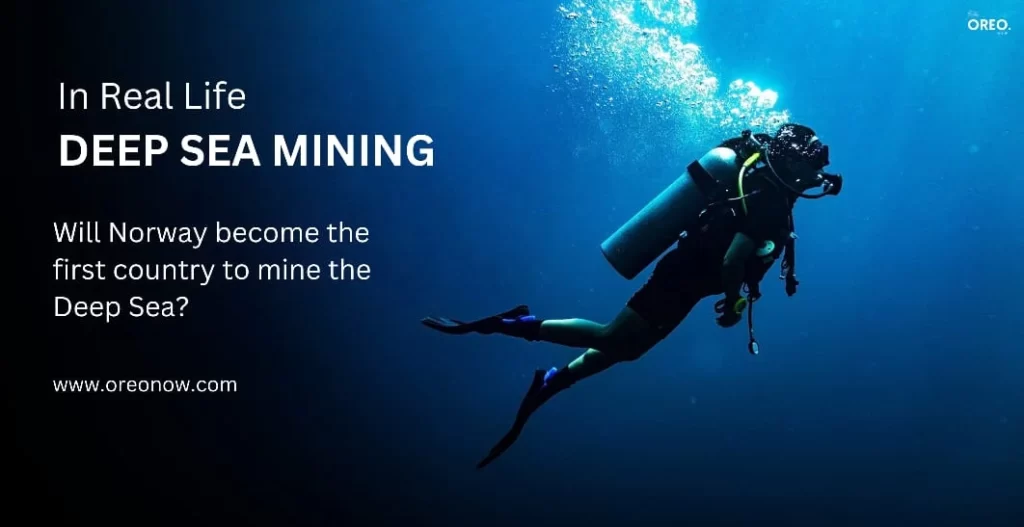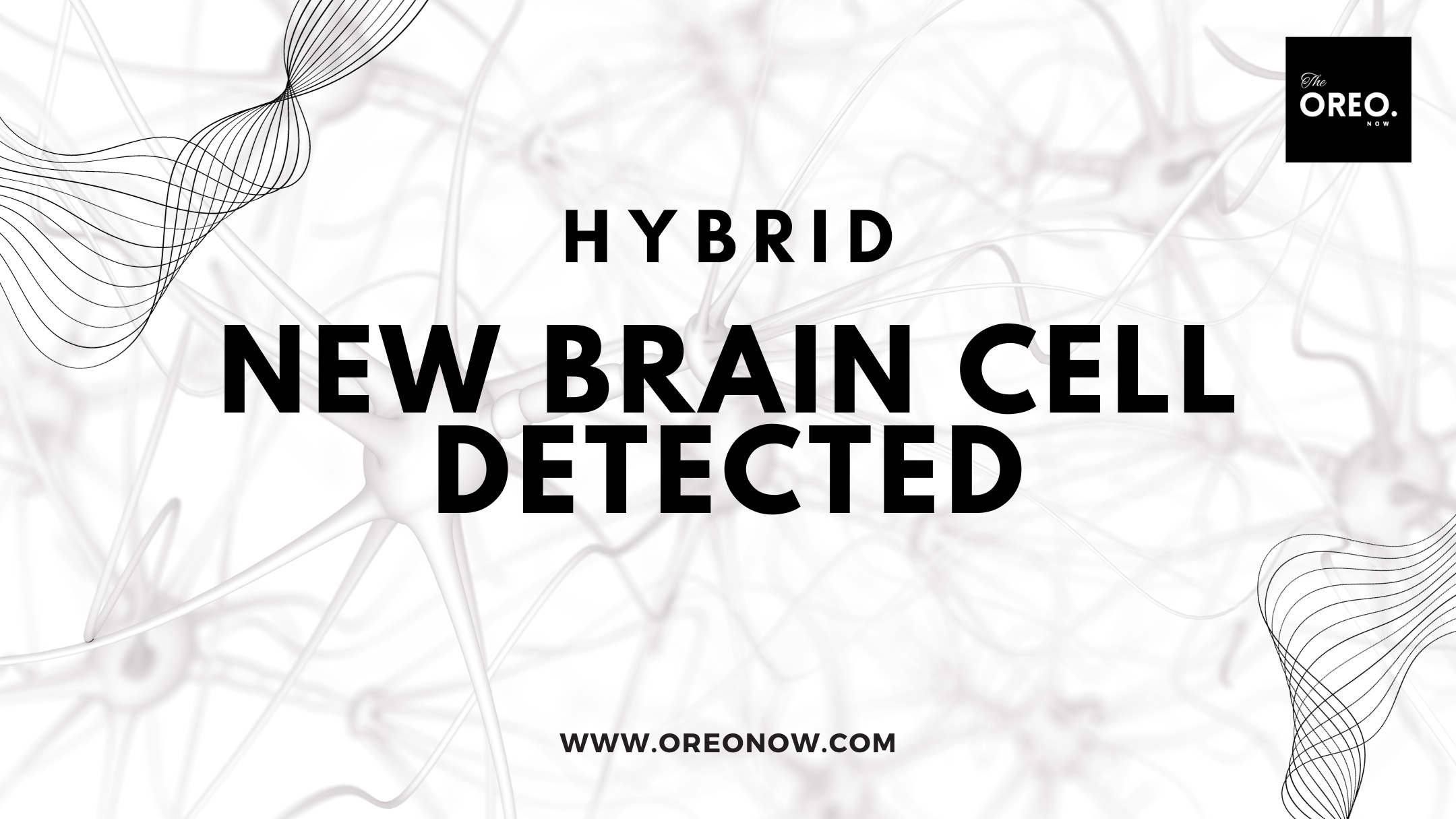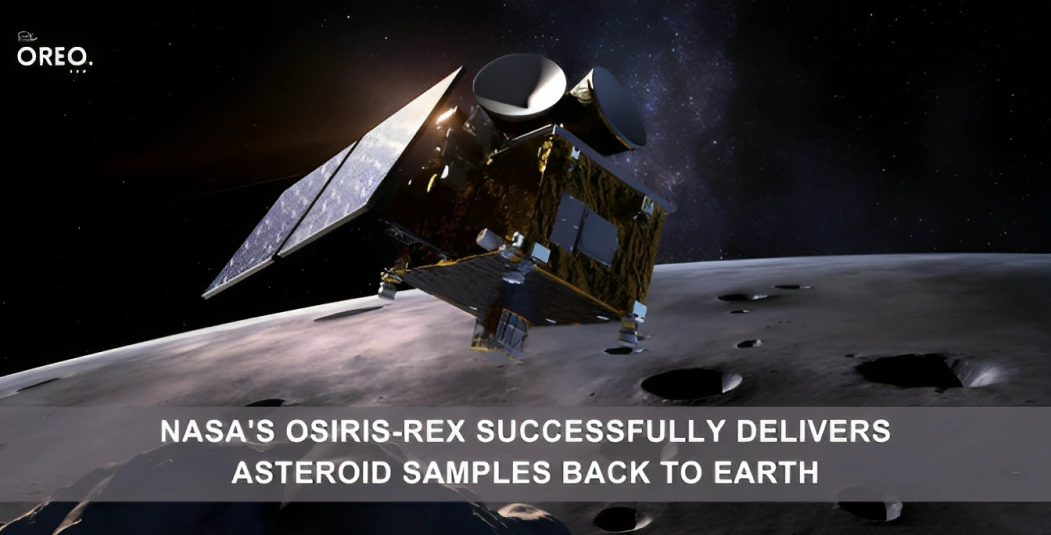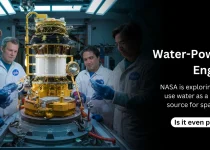Deep Sea Mining is Already Happening – Know Everything About the New Technique

Deep sea mining may happen soon. Norway to become the first country to mine the deep sea. In the next months, the Norwegian parliament will decide whether to approve the government’s plan to permit deep-sea mining throughout a sizable portion of the Arctic Ocean.
What is Deep Sea Mining?
Deep-sea mining means taking minerals from the ocean floor, which can be found between 200 and 6,500 meters (21,300 and 660 feet) below the surface. The minerals are found in polymetallic nodules, hydrothermal vents, and ferromanganese crusts.
How do Deep Sea Mines work?
Deep sea mining works with the following steps:
- Prospecting: Firstly, prospect the mineral deposits.
- Exploration: After the identification of a mineral deposit, explore it to know its size, shape, and composition.
- Environmental impact assessment: Before beginning the mining, an environmental impact assessment (EIA) is conducted.
- Extraction: Then extract the minerals from the seafloor.
- Processing: After extraction, the minerals need to be processed to extract the valuable metals using crushing, leaching, filtration, concentration, and smelting techniques.
- Transportation: Finally transport the processed minerals to shore.
Is Deep Sea Mining already happening?
Norway is starting to mine the deep sea. A wide range of marine species, including fish, whales, seabirds, and deep-sea animals, are at risk in the planned mining area, which is situated between Greenland and Norway. Due to the vast volumes of carbon dioxide that are stored on the ocean floor, the region is also significant for carbon sequestration.
The country’s need for minerals is increasing day by day to manufacture renewable energy. According to the Norwegian government, deep-sea mining is important. However environmental organizations have warned that deep-sea mining might have disastrous effects on the marine ecosystem.
Deep Sea Mining Environmental Impacts and Scientific Concerns
There is disagreement among scientists on deep-sea mining. While some scientists think mining is necessary to meet the world’s expanding need for minerals, others think the risks are too massive and should never be permitted.
Deep sea mining supporters say that it can be done safely and without negatively affecting the ecosystem. They raise attention to the fact that the deep sea is a huge, undiscovered area and that our knowledge of the possible effects of mining is still lacking. Additionally, they believe that deep-sea minerals are necessary for the manufacturing of renewable energy technology like batteries and wind turbines.
Those who oppose deep-sea mining argue that the risks are too much and that the potential benefits do not outweigh the costs. They point to the fact that the deep sea is a fragile ecosystem that can easily be damaged. They also believe that we do not have the technology to mine the deep sea without causing significant harm.
Video Credits: WION
Who regulated Deep-sea Mining?
The International Seabed Authority (ISA) is the UN body responsible for regulating deep-sea mining. The ISA is currently developing regulations for deep-sea mining, but they have not yet been finalised.
Norway, and other countries which are considering doing deep-sea mining, must prioritize a cautious and responsible approach. They must also ensure that it does not harm the deep-sea ecosystem at any cost.
However, the decision to allow deep-sea mining is a difficult one. On the one hand, it could provide a valuable source of minerals. On the other hand, it could have serious environmental consequences. Only time will tell what the long-term impacts of deep-sea mining will be. Till then stay connected with Oreonow.



